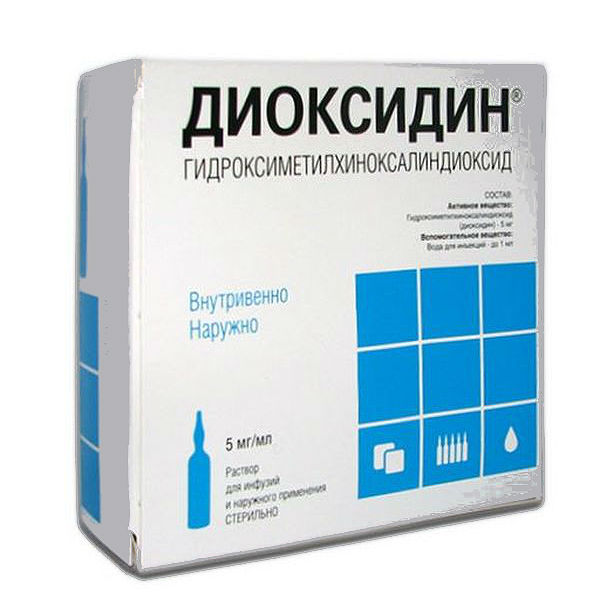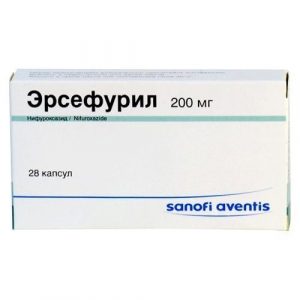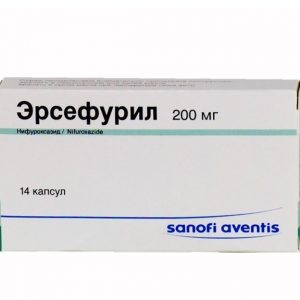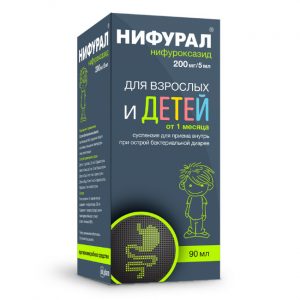Description
Latin name
DIOXYDIN
Release form
Injection and topical solution.
Packing
10 ampoules.
Indications
For iv administration: septic conditions (including in patients with a burn disease) purulent meningitis purulent-inflammatory processes with symptoms of generalization.
For intracavitary administration: purulent processes in the chest and abdominal cavity, including purulent pleural effusion of pleural empyema peritonitis cystitis empyema of the gallbladder prevention of infectious complications after catheterization of the bladder.
For external, local use: wound and burn infection (superficial and deep purulent wounds of various localization, long-term healing wounds and trophic ulcers, soft tissue phlegmons, infected burns, purulent wounds for osteomyelitis) wounds with deep purulent cavities (lung abscess, soft tissue abscesses, pelvic fiber phlegmon, postoperative wounds of the urinary and biliary tract, purulent mastitis) pustular skin diseases.
Contraindications
Hypersensitivity, adrenal insufficiency (including a history), pregnancy, lactation, children (up to 18 years).
Composition
Active ingredient:
hydroxymethylquinoxalindioxide 5 mg.
Excipients:
water d / i – up to 1 ml.
Dosage and administration
Dose.
In severe septic conditions, a 0.5% solution for injection is administered, previously diluted in a 5% dextrose solution or in a 0.9% NaCl solution to a concentration of 0.1-0.2%.
The highest single dose – 300 mg, daily – 600 mg.
Side effects
Allergic reactions.
After intravenous and intracavitary administration of Dioxidin: headache, chills, hyperthermia, nausea, vomiting, diarrhea, muscle twitching.
Local reactions: near-dermatitis dermatitis.
Storage conditions
In the dark place, at a temperature of 18 20 ° C.
Expiration
2 years.
Active ingredient
Hydroxymethylquinoxylindioxide
Conditions for drugstores from
By recipe
dosage form
infusion solution
Novosibkhimpharm, Russia




